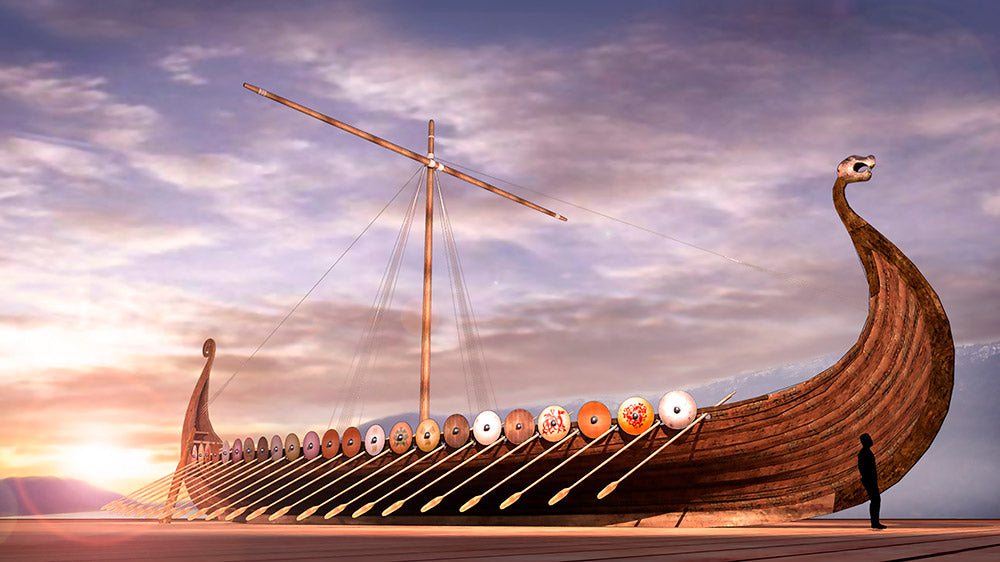The Restoration of the Myklebust Ship Norway's Largest Ship
The 100-feet-long Myklebust ship might be Norway's largest Viking ship. The ship served to be as the cemented ship for the dead who was King Audbjørn of the Fjords. The ship was burnt with the king and also many of his precious items. Now the ship has been experiencing the restoration. It heralds an exciting attraction in the future.
Across the globe, the Norwegian ship graves from the Viking age are very special. The archaeologists found out the Myklebust ship when they were on the mission of Rundehågjen a burial mound. What made the Myklebust different from other ships like Gokstad or Oseberg was that the Myklebust was burnt. The ship burning custom was nothing strange in this society. The burning of Myklebust might have been the largest cremation in the Viking time. The ship was about 13 ft. But why can we be so sure about the builders of the ship? How can we be so sure that King Audbjørn was the one who was dedicated to the ship? These words about this king come from a saga and he died in the battle of Solskjel in the year of 867.


The ship can be launched directly from here
Skilful shipbuilders have been commissioned to the reconstruction of the ship since the fall of 2016. The shipbuilders are trying to construct the ship as the way we all believed it looked similar.
The ship is set to be displayed in the hall in Nordfjordeiden. The hall was visible open to the public during the visiting hours. So anyone who happens to drop by can witness the ship gradually grows up.

The burial mound of the Myklebust Ship
Rundehåjen was the mound that the ship Myklebust was discovered. Actually, Myklebust exists there with many other group tribes. Some of the burials survive the test of time and still physically with us. Inside Rundehåjen, archaeological findings were the shields, rivets, and bones of both animals and humans.




